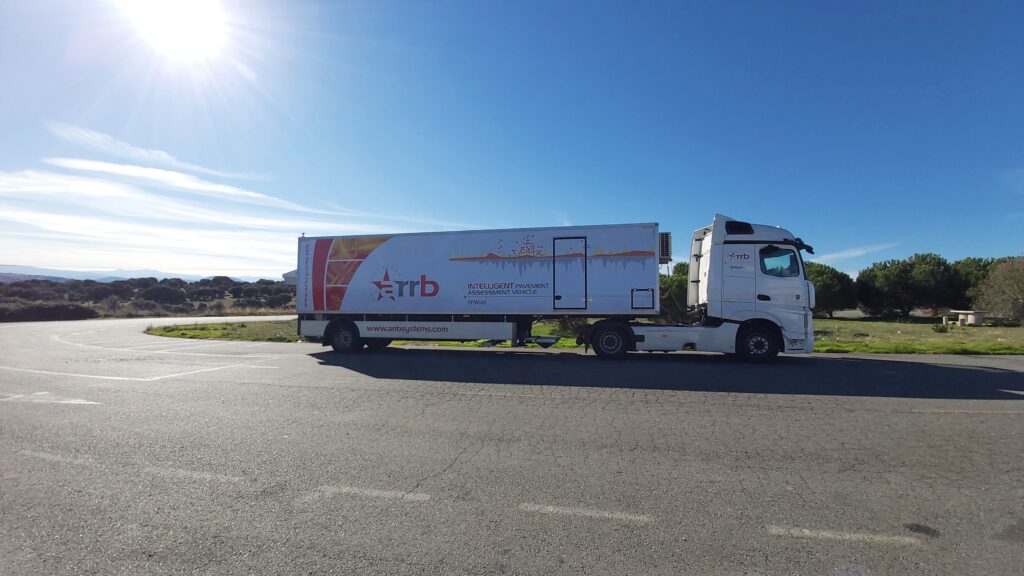The Danish Road Directorate (DRD) plans, constructs and maintains the Danish national roads. This is inclusive of motorways, dual carriageways, a large part of the regional roads and many of the bridges across the country, totalling 3,800 kilometres.




